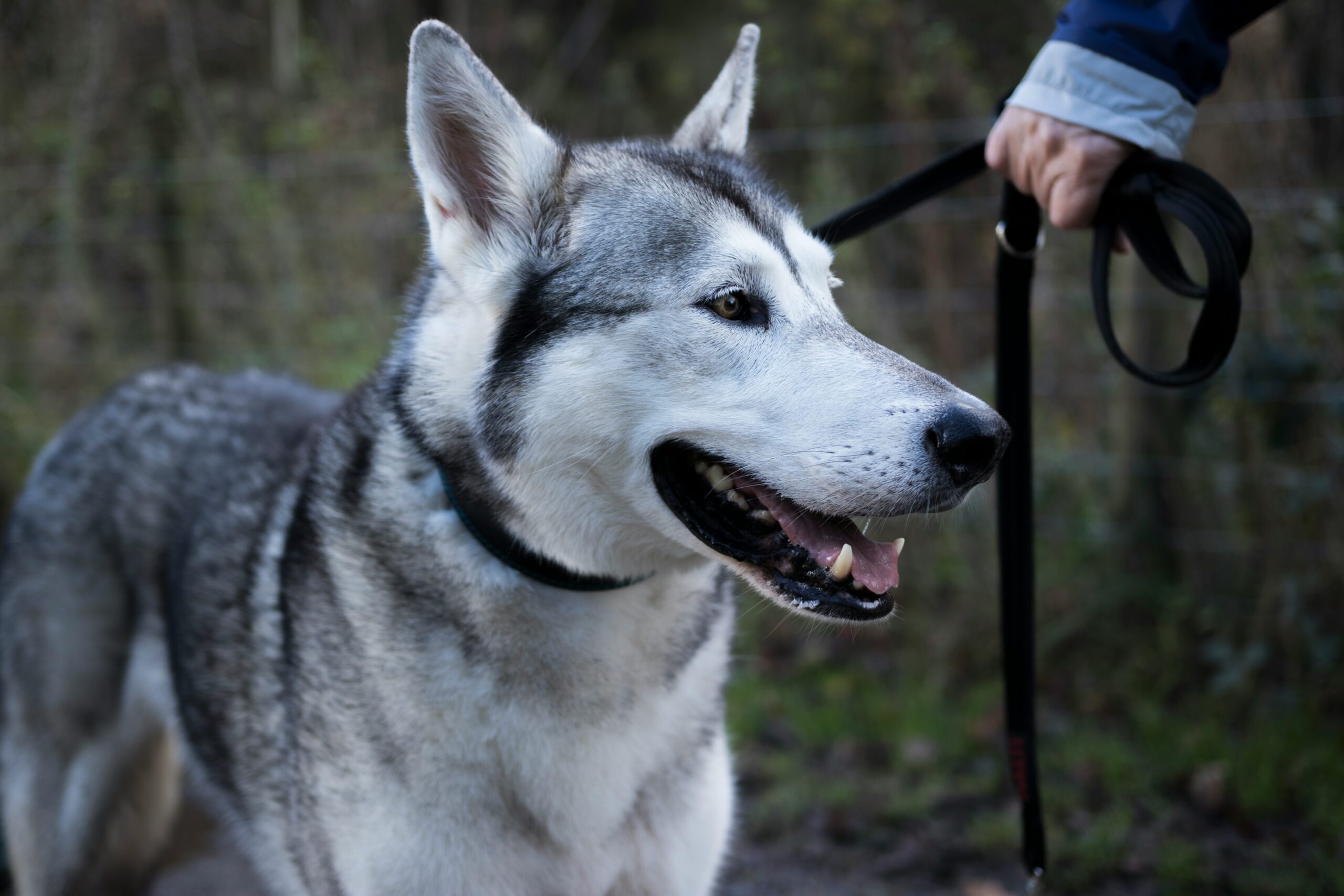Understanding Dog Poisoning: Common Toxins and Prevention Tips

Dogs are beloved members of our families, and as pet owners, we want to ensure their health and safety. Unfortunately, dogs are often exposed to various toxins that can lead to poisoning. Understanding the common causes of dog poisoning, recognizing the signs, and knowing how to prevent it can save your pet’s life. In this blog, we will explore the types of toxins that can harm dogs, the symptoms of poisoning, and essential prevention tips.
1. Understanding Dog Poisoning
Dog poisoning occurs when a dog ingests, inhales, or absorbs a toxic substance. This can happen in various ways, including:
- Ingestion: Eating toxic foods, plants, or chemicals.
- Inhalation: Breathing in harmful fumes or gases.
- Absorption: Contact with toxic substances through the skin.
1.1 Why Are Dogs at Risk?
Dogs are naturally curious creatures. They explore their environment using their mouths, which can lead them to ingest harmful substances. Additionally, some dogs may have a tendency to eat things they shouldn’t, making them more susceptible to poisoning.
2. Common Toxins That Poison Dogs
2.1 Foods Toxic to Dogs
Certain human foods can be extremely toxic to dogs. Here are some of the most common:
- Chocolate: Contains theobromine, which is toxic to dogs. Dark chocolate and baking chocolate are particularly dangerous.
- Grapes and Raisins: Can cause kidney failure in dogs, even in small amounts.
- Onions and Garlic: These can damage red blood cells and lead to anemia.
- Xylitol: A sugar substitute found in sugar-free products, it can cause insulin release, leading to hypoglycemia and liver failure.
- Avocado: Contains persin, which can be harmful to dogs in large quantities.
2.2 Household Chemicals
Many common household items can be toxic to dogs:
- Cleaning Products: Bleach, detergents, and disinfectants can cause gastrointestinal upset and respiratory issues.
- Pesticides: Insecticides and rodenticides can be lethal if ingested.
- Antifreeze: Contains ethylene glycol, which is highly toxic and can cause kidney failure.
2.3 Plants and Flowers
Several plants are toxic to dogs:
- Sago Palm: All parts of this plant are toxic, particularly the seeds, which can cause severe liver failure and death.
- Oleander: This beautiful flowering plant can cause serious heart problems and even death if ingested.
- Azalea: Consuming even a few leaves can lead to vomiting, diarrhea, and potentially fatal heart arrhythmias.
- Lily: Certain types of lilies, particularly those in the Lilium family, can cause kidney failure in dogs.
2.4 Medications
Many human medications can be dangerous for dogs:
- NSAIDs (Non-Steroidal Anti-Inflammatory Drugs): Common pain relievers like ibuprofen and naproxen can cause gastrointestinal ulcers and kidney failure.
- Antidepressants: Medications like fluoxetine can lead to severe side effects in dogs, including agitation and seizures.
- Acetaminophen: This common pain reliever is toxic to dogs and can cause liver damage.
3. Signs of Dog Poisoning
Recognizing the signs of poisoning is crucial for prompt treatment. Symptoms can vary depending on the toxin but may include:
- Vomiting: One of the most common signs of poisoning.
- Diarrhea: Often accompanies vomiting and can lead to dehydration.
- Lethargy: A sudden lack of energy or interest in activities.
- Seizures: Can occur with certain toxins, indicating severe poisoning.
- Tremors or Shaking: Muscle tremors can be a sign of neurological distress.
- Difficulty Breathing: May indicate respiratory distress or an allergic reaction.
- Excessive Salivation: Often a sign of nausea or distress.
If you notice any of these symptoms in your dog, it’s essential to seek veterinary care immediately.
4. What to Do If You Suspect Poisoning
If you suspect your dog has been poisoned, follow these steps:
- Stay Calm: Your dog can sense your anxiety, which may increase their stress.
- Identify the Toxin: If possible, determine what your dog ingested. This information will be crucial for the veterinarian.
- Call Your Veterinarian: Contact your vet or an emergency animal clinic for advice. They may instruct you to bring your dog in for treatment.
- Do Not Induce Vomiting Without Guidance: Inducing vomiting can sometimes do more harm than good, depending on the toxin.
- Bring the Packaging: If your dog ingested a product, bring the packaging with you to the vet for reference.
5. Prevention Tips
Preventing dog poisoning is always better than treating it. Here are some essential tips to keep your furry friend safe:
- Keep Toxic Foods Out of Reach: Store foods that are harmful to dogs, such as chocolate, grapes, and xylitol, in cabinets or on high shelves where your dog cannot access them.
- Secure Household Chemicals: Ensure that cleaning products, pesticides, and other hazardous materials are stored in locked cabinets or high places, away from your pet’s reach.
- Choose Dog-Safe Plants: When decorating your home or garden, opt for plants that are non-toxic to dogs. Research any new plants before bringing them into your environment.
- Properly Dispose of Medications: Keep all medications out of reach and dispose of any unused or expired medications safely. Never leave pills out on counters or tables.
- Educate Family and Friends: Make sure everyone in your household, as well as visitors, understands which foods and substances are dangerous for dogs. This includes being cautious about sharing food with your pet.
- Use Pet-Safe Cleaning Products: Consider using natural or pet-safe cleaning products to minimize the risk of exposure to harmful chemicals.
- Regular Vet Check-Ups: Schedule regular veterinary visits to monitor your dog’s health and discuss any concerns regarding potential toxins in your home or environment.
- Create a Safe Space: Designate a specific area in your home where your dog can play and relax, free from access to harmful substances.
- Be Cautious During Walks: Keep an eye on what your dog is sniffing or eating while out on walks. Some plants, mushrooms, or discarded food can be toxic.
- Know Emergency Contacts: Have the contact information for your veterinarian and a nearby emergency animal clinic readily available in case of an emergency.
By taking these preventive measures, you can significantly reduce the risk of poisoning and ensure a safer environment for your beloved pet. Always stay informed about potential hazards and be proactive in protecting your dog’s health.




